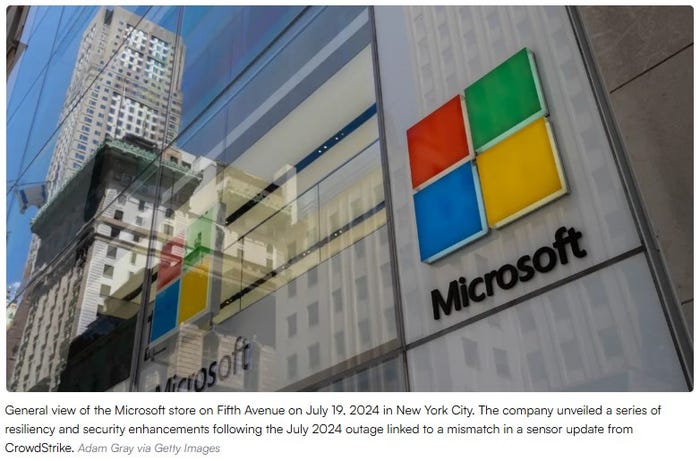Multiband promise becomes a reality
That’s what makes the introduction of Motorola’s APX 7000 multiband radio so significant. This new portable operates in the VHF and 700/800 MHz bands
August 5, 2008
KANSAS CITY–One of the longtime problems in public-safety communications has been the fact that the frequencies used by first-responder agencies are dispersed throughout the spectrum chart. In the name of interoperability, multiple vendors have designed myriad network-based solutions that allow patching between systems operating in different bands, but there’s always a fundamental caveat: patching doesn’t work if there’s no coverage in the band in which your radio is designed to work.
As a result, public safety has become accustomed to stories of 800 MHz radios being useless when big-city personnel are dispatched to an incident in a rural area, where radio coverage likely is provided in the VHF or UHF bands, forcing the need for radio swaps or more creative solutions.
But such scenarios might not exist much longer, as multiband radios will be available from several manufacturers in 2009, providing public-safety agencies with options that have been discussed at trade shows such as this week’s Association of Public-Safety Communications Officials (APCO) in Kansas City.
The difference between this APCO show and previous industry trade shows is that agencies can now contrast and compare multiband portable radios from multiple vendors.
The trend started earlier this year at the IWCE conference in March, when Thales Communications announced its Liberty radio. The Liberty, a key component in a DHS pilot, can operate in the UHF, VHF and 700/800 bands, and was public-safety-ready in March. Since then, Thales has tweaked the prototype shown at IWCE—adding, among other things, a color display—and plans to make the Liberty radio generally available early in 2009, said Steve Nichols, Thales’ director of business development for DHS/public safety.
Another multiband radio showcased at IWCE came from Harris, which displayed a multiband offering targeted to federal agencies. While impressed with the technology, several public-safety officials at the show expressed concern that Harris would not be able to make the radio for public safety, which needs gear with greater interference-mitigation characteristics. Apparently, such concerns were unfounded, as Harris this week has unveiled a public-safety version of its multiband radio.
One significant drawback associated with these radios is that they do not operate on proprietary systems used by most of public safety, only on P25 systems that represent a relatively small—but growing—portion of the market.
That’s what makes the introduction of Motorola’s APX 7000 multiband radio so significant. This new portable operates in the VHF and 700/800 MHz bands—and Motorola promises that a UHF and 700/800 MHz configuration is coming soon—not only on P25 systems. It also works on Motorola SmartNet and SmartZone systems that are used by a large percentage of U.S. public-safety agencies.
The inclusion of proprietary protocols in a multiband handset makes such devices not only valuable interoperability tools but promises to make the migration to new P25 systems much smoother than has been the case in the past. Public-safety officials have made no secret that they hope that network vendors such as Motorola and M/A-COM will license their protocols to third-party multiband radio manufacturers, but there are serious questions whether the strategy would be in the legacy companies’ financial best interest.
Regardless, the fact is that multiband capability no longer is a subject relegated to theoretical debates during conference sessions. These three vendors have products that can be seen and will be available next year, and more multiband handsets from other manufacturers should hit the market in the near future.
This reality opens up a new set of possibilities for public-safety communications. Once again, a big technological hurdle appears to have been cleared, leaving public-safety agencies to wrestle with two age-old issues—finding a way to pay for new equipment and developing the agreements and procedures to ensure that technological progress result in effective interoperable communications, not flexible chaos.
E-mail me at [email protected].



